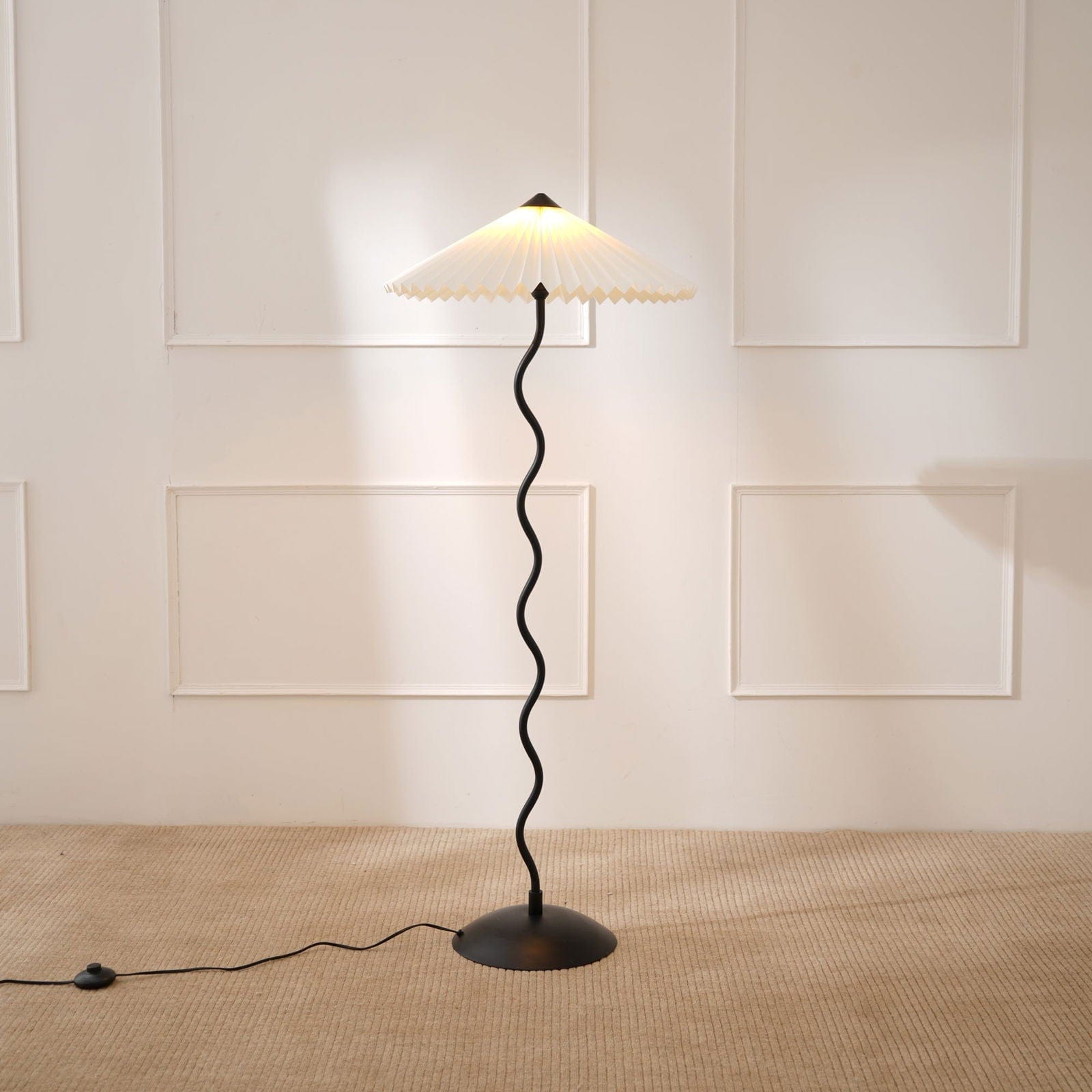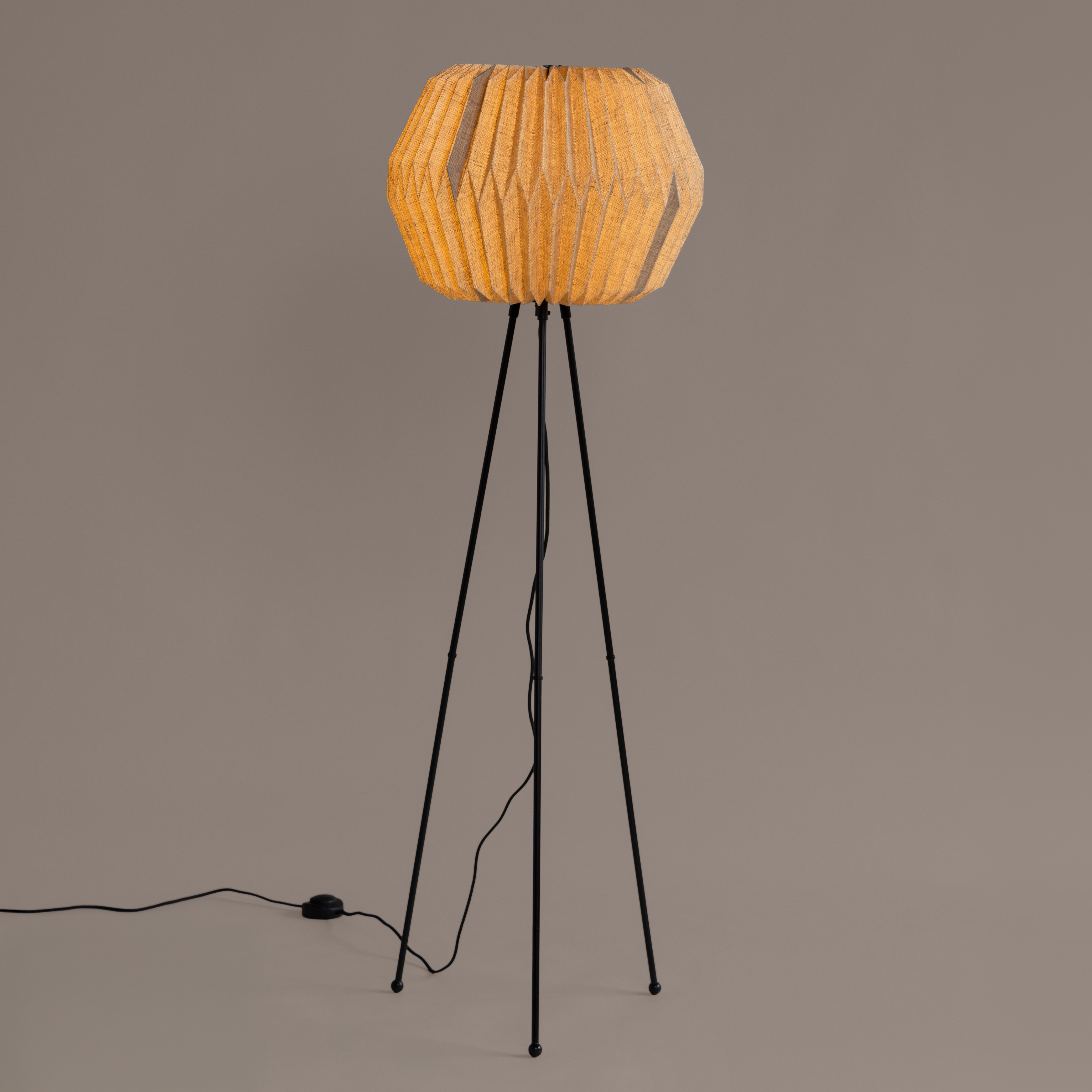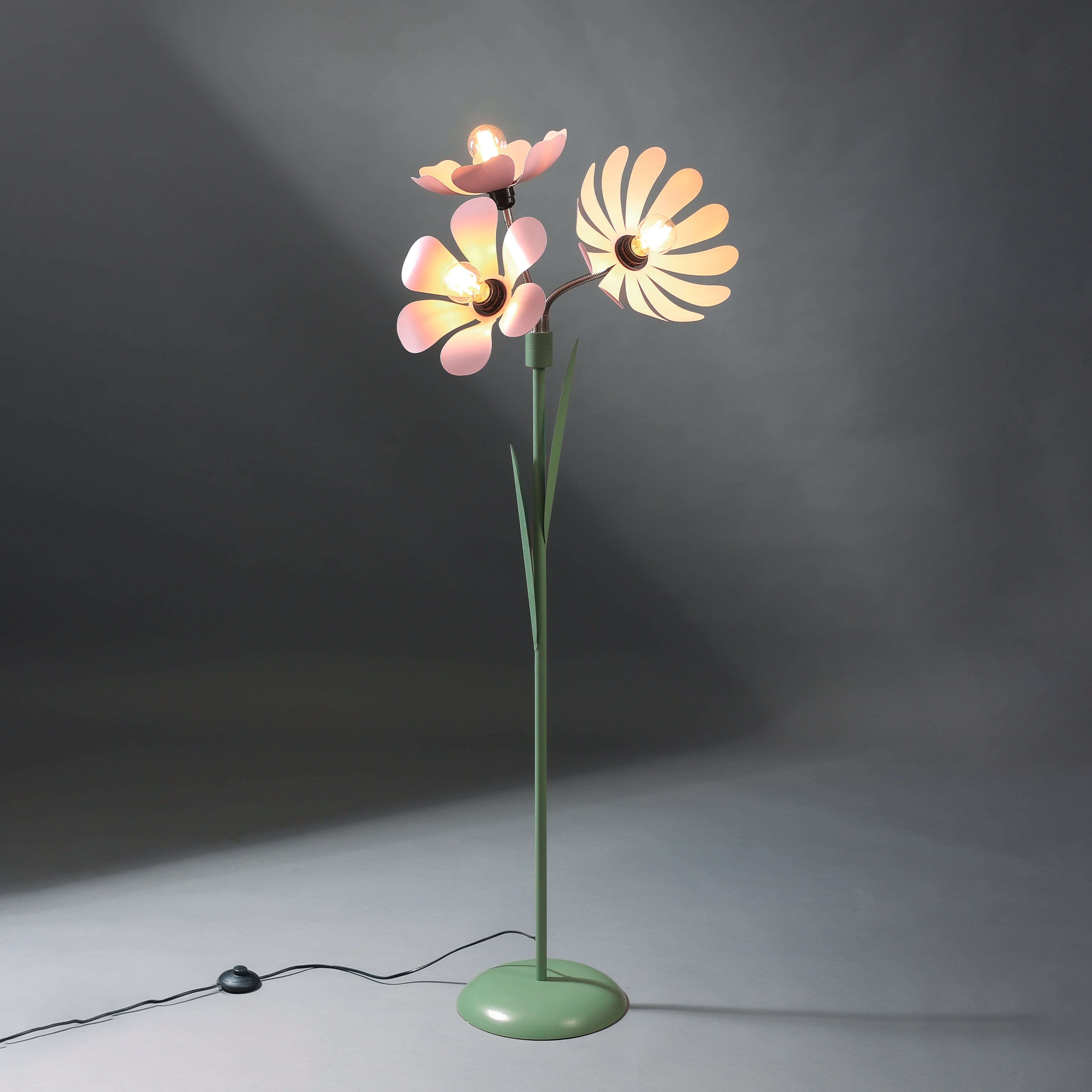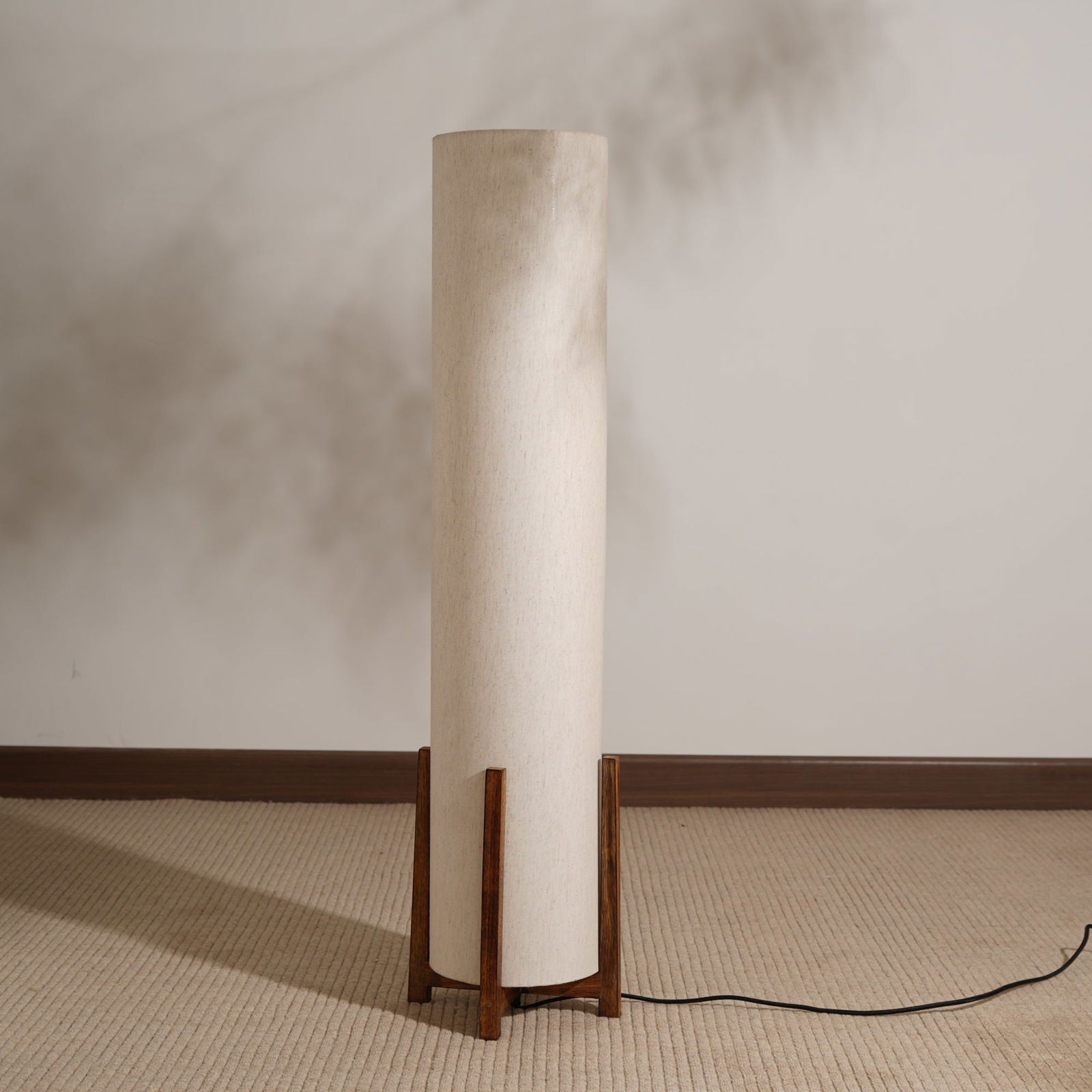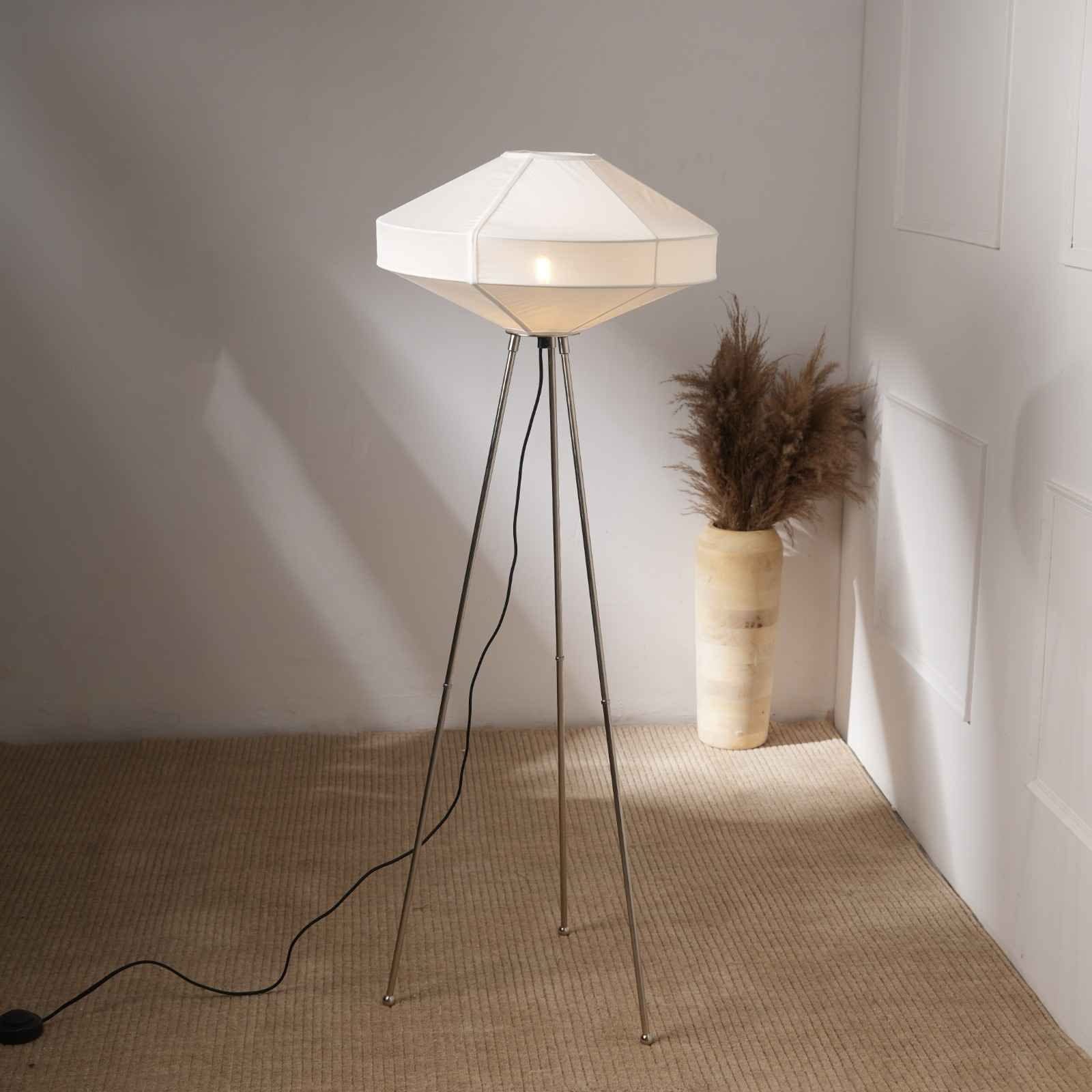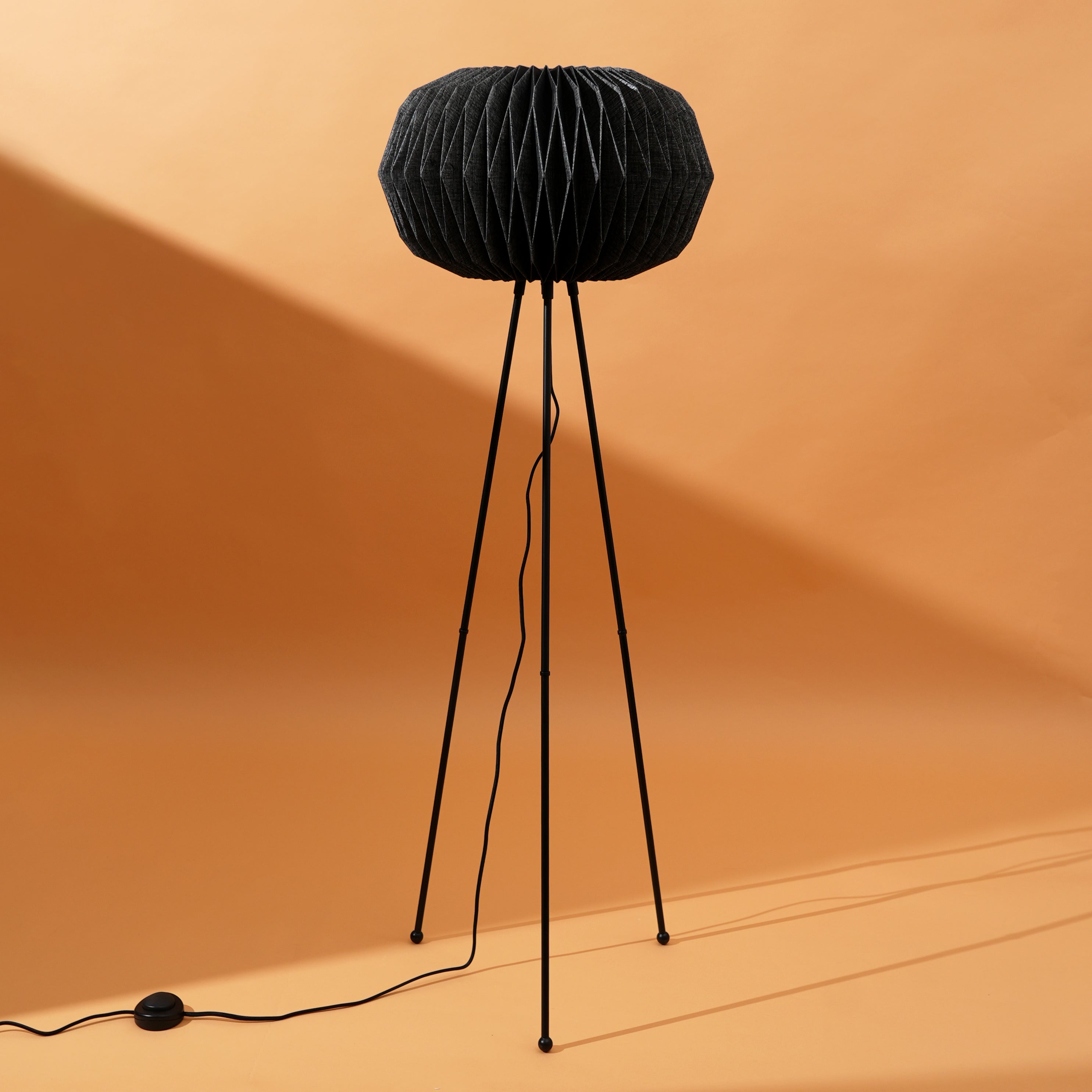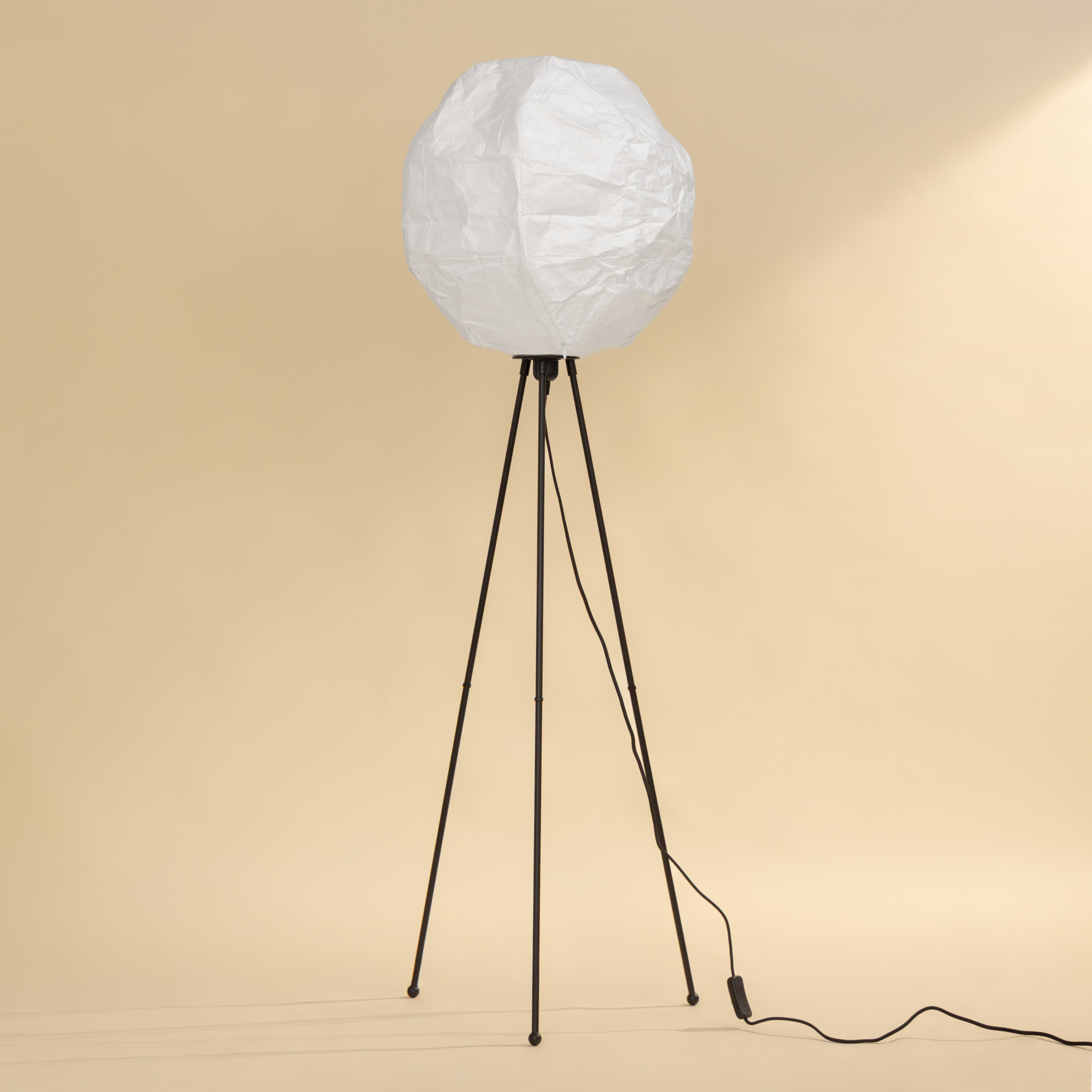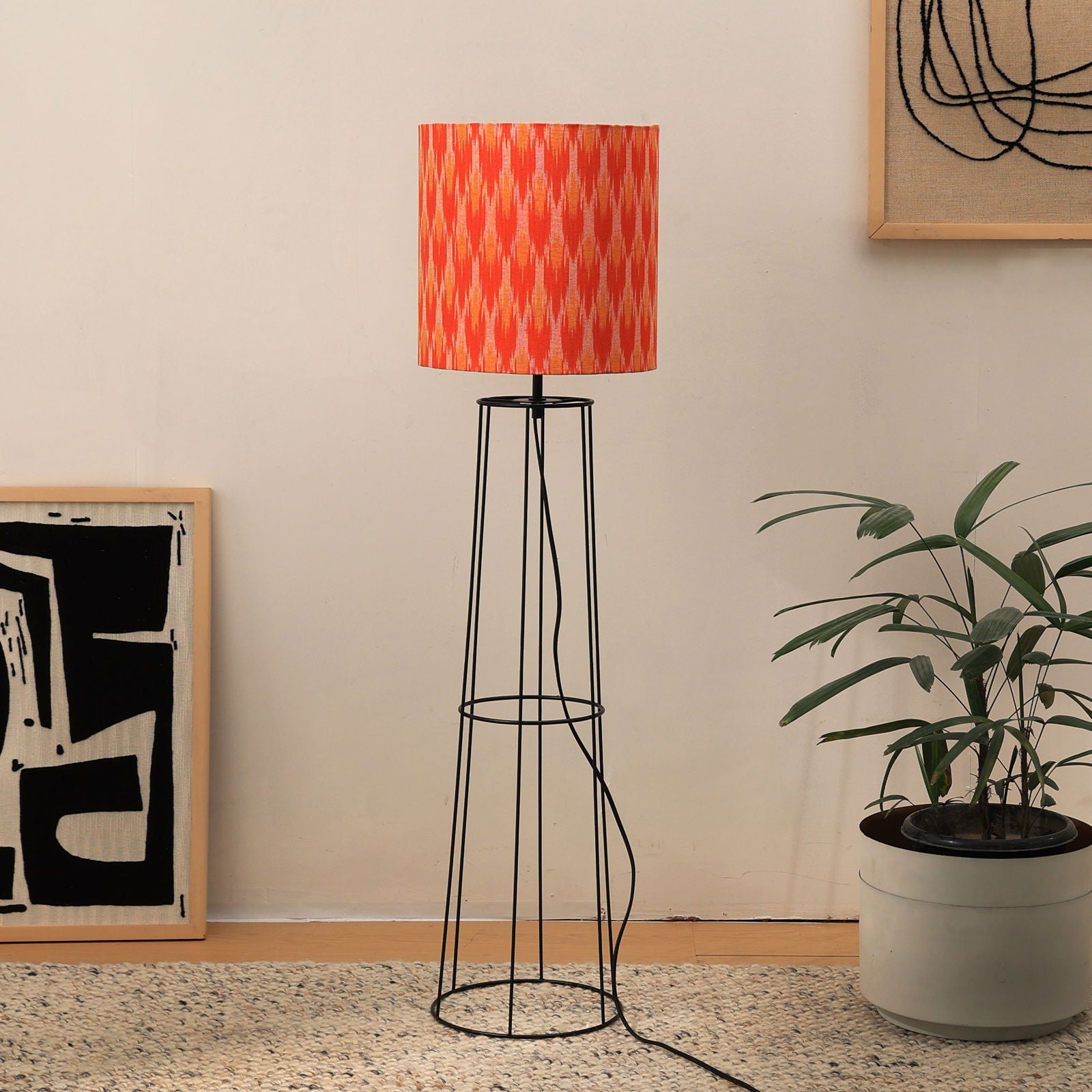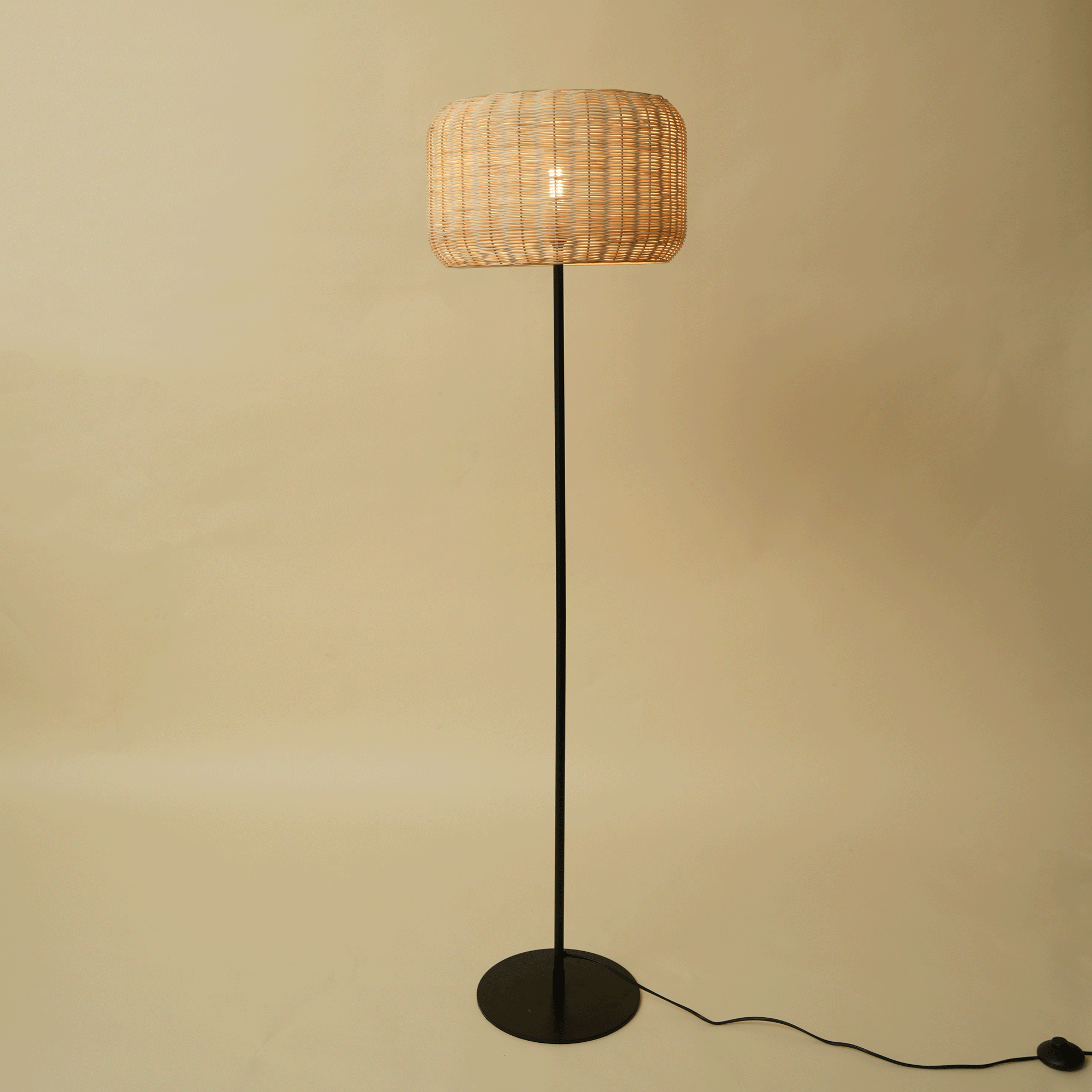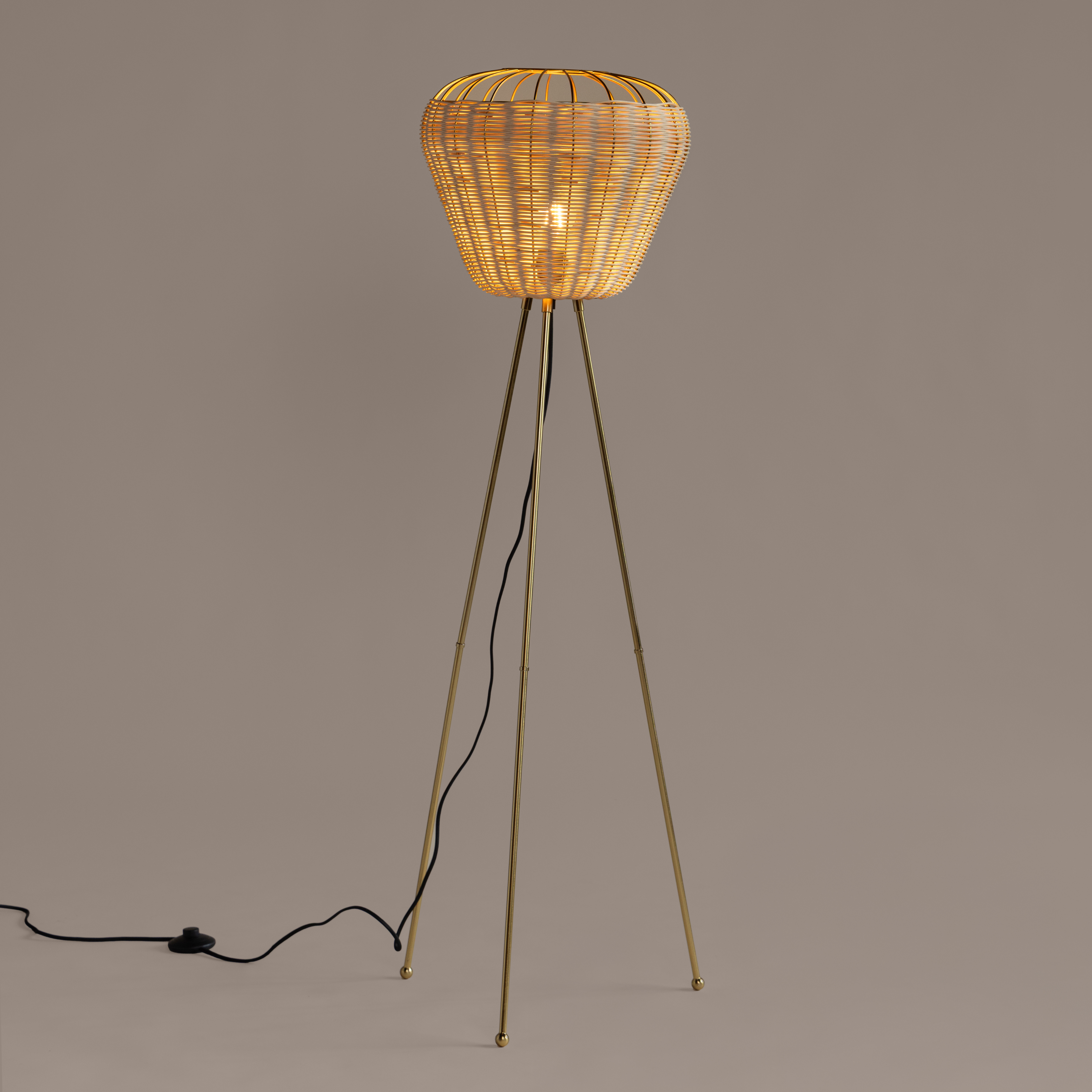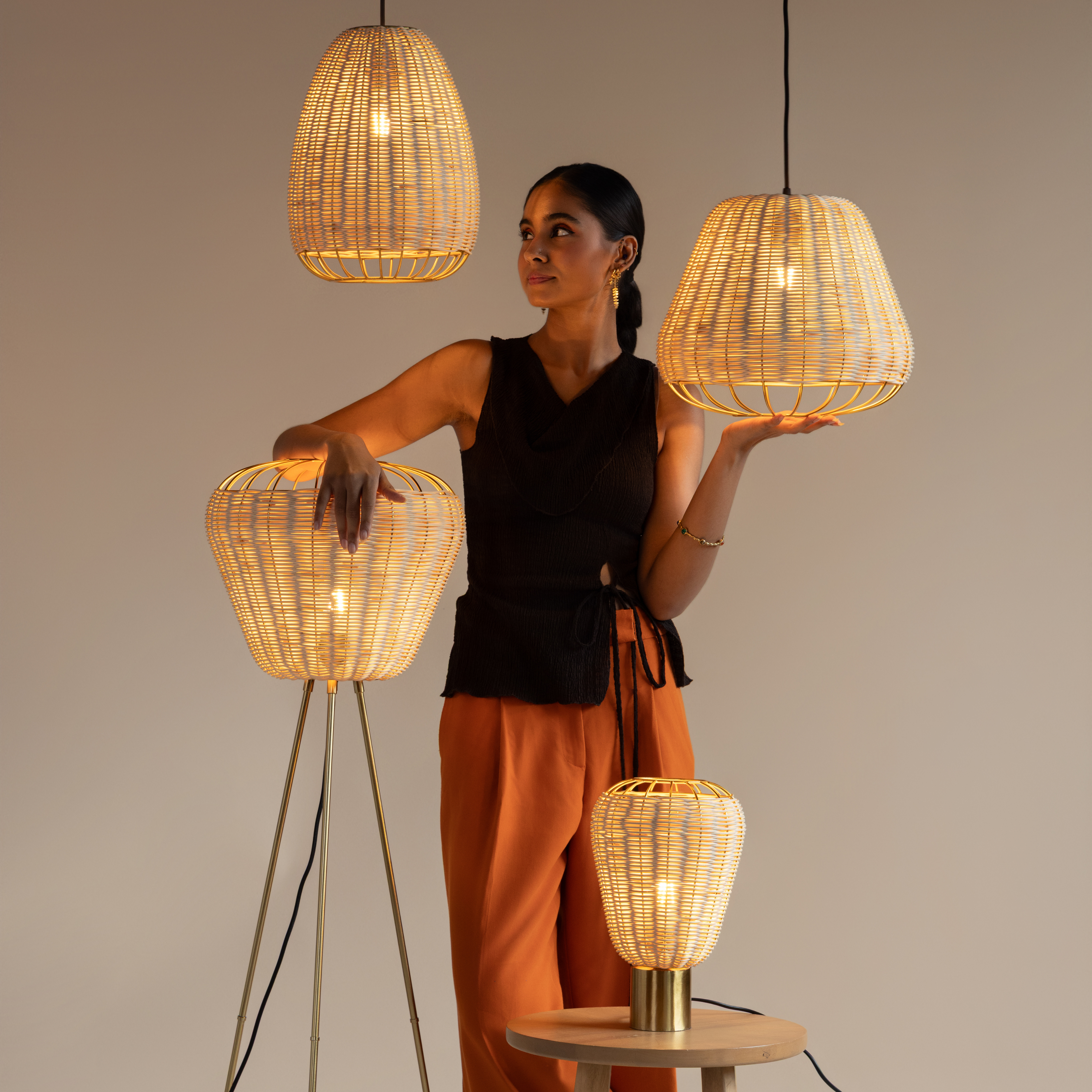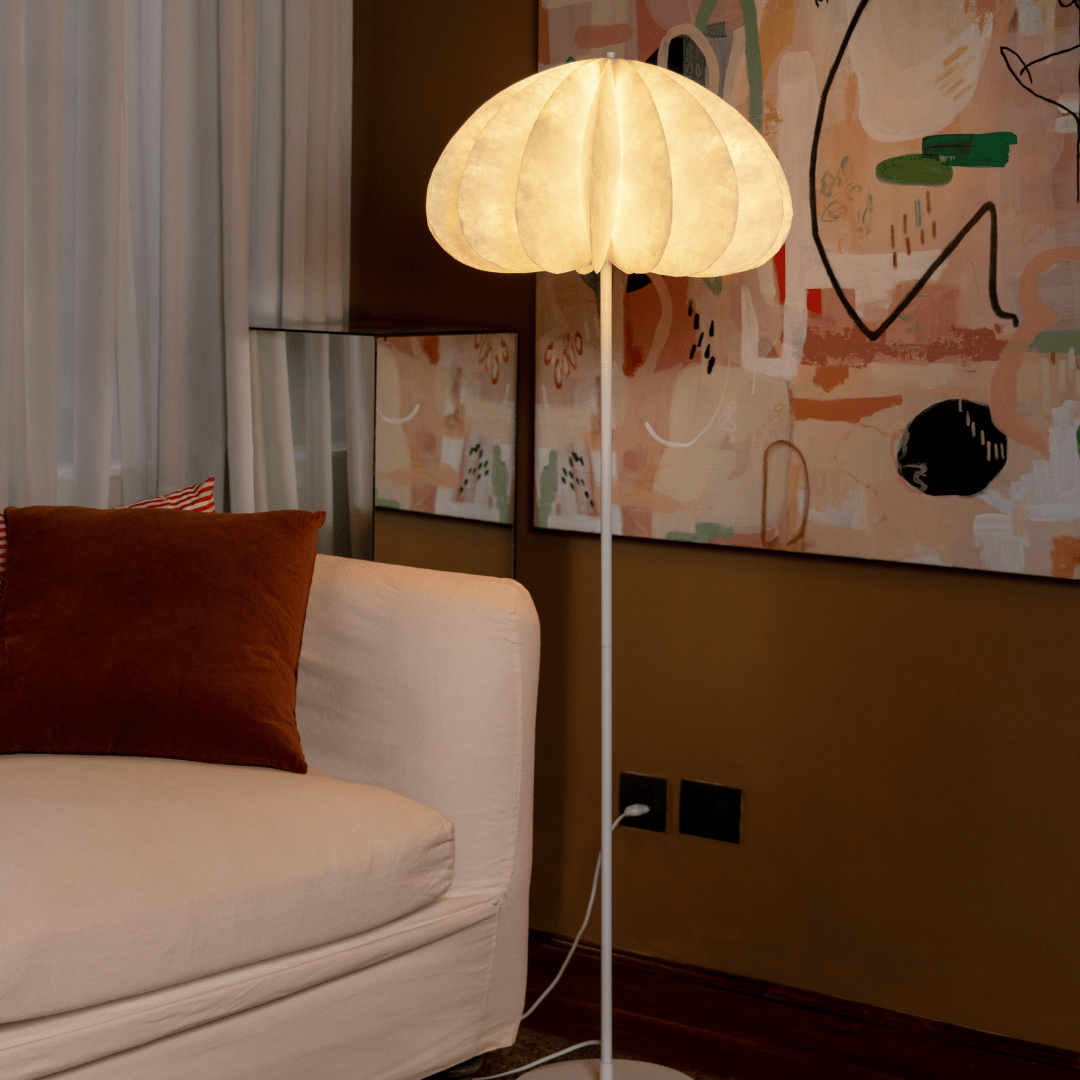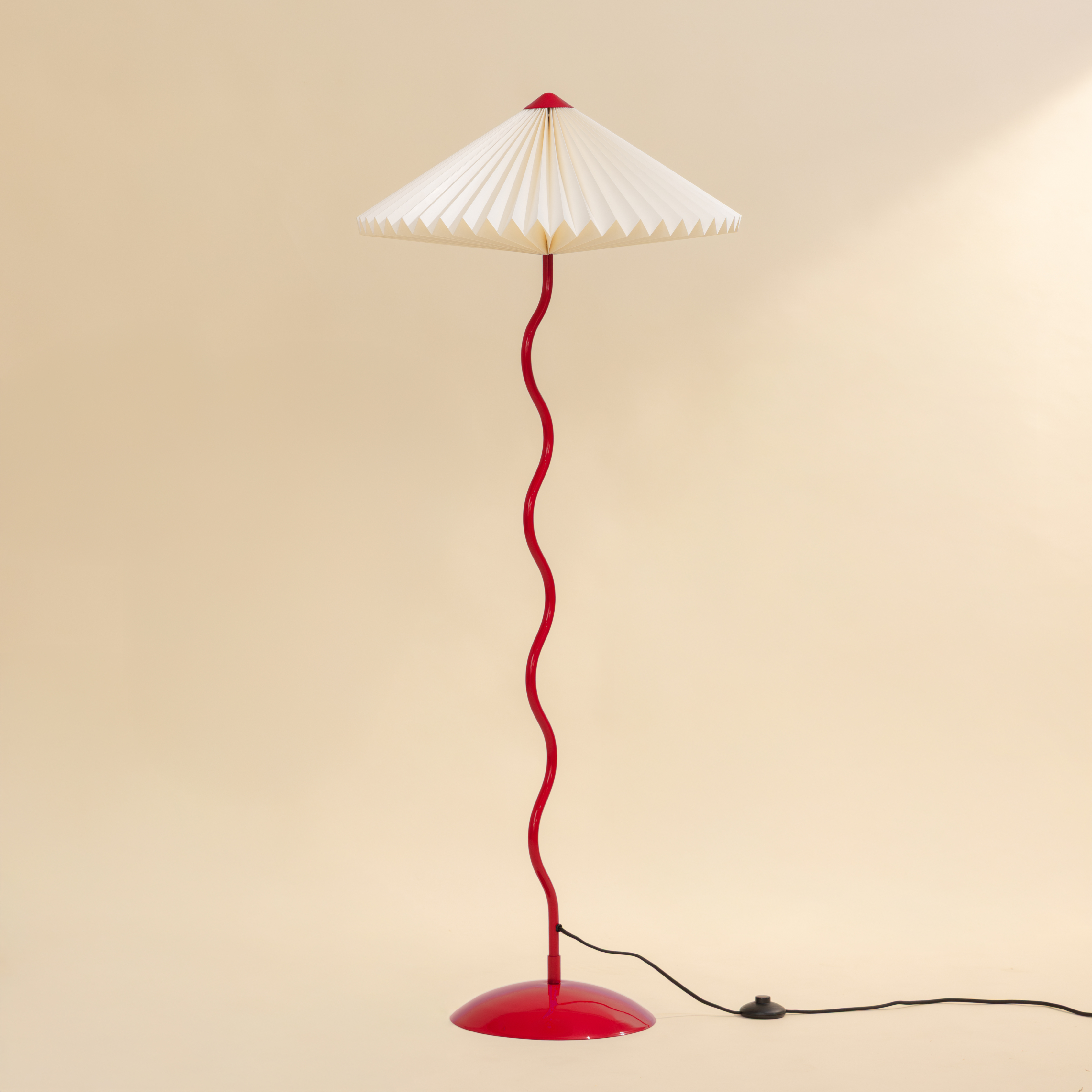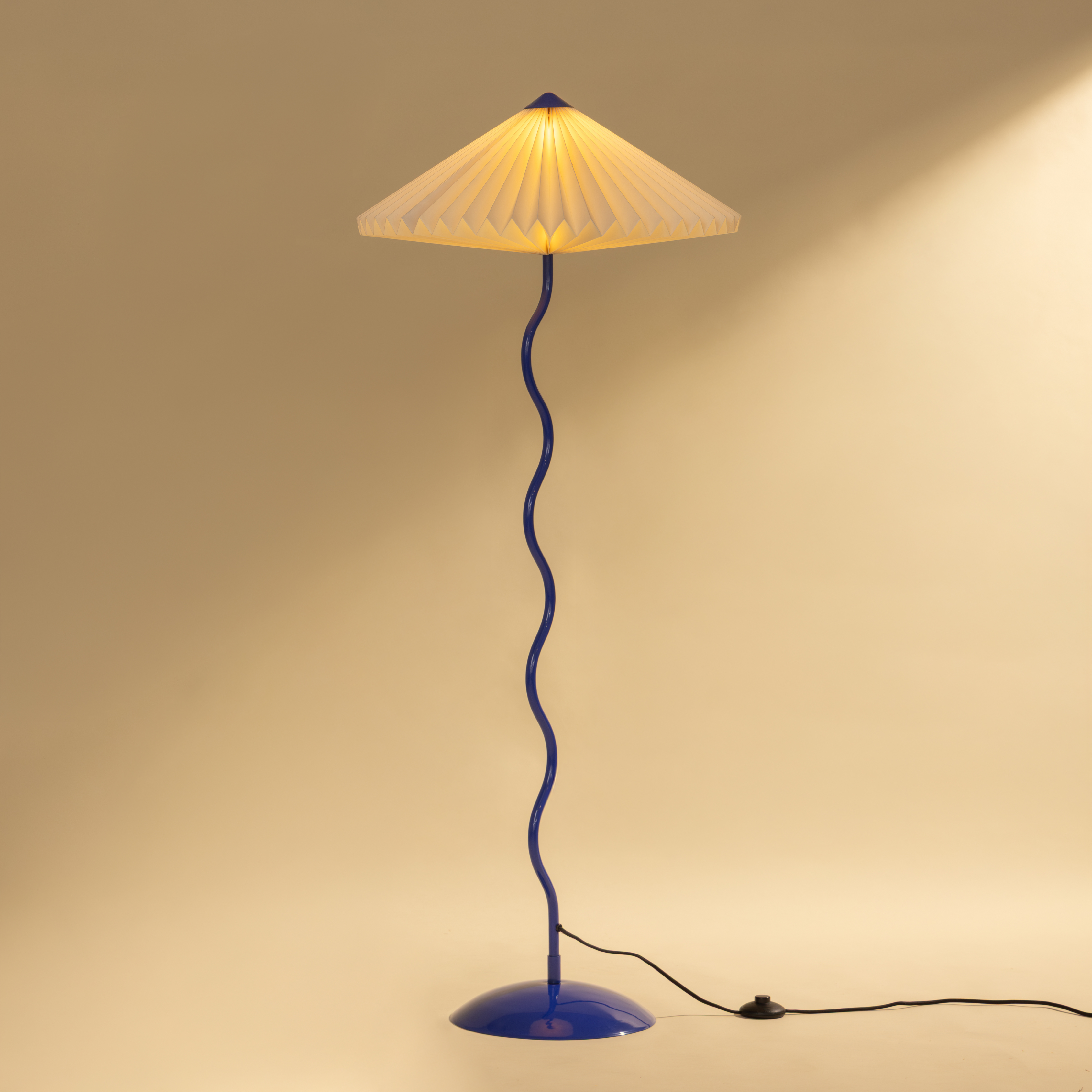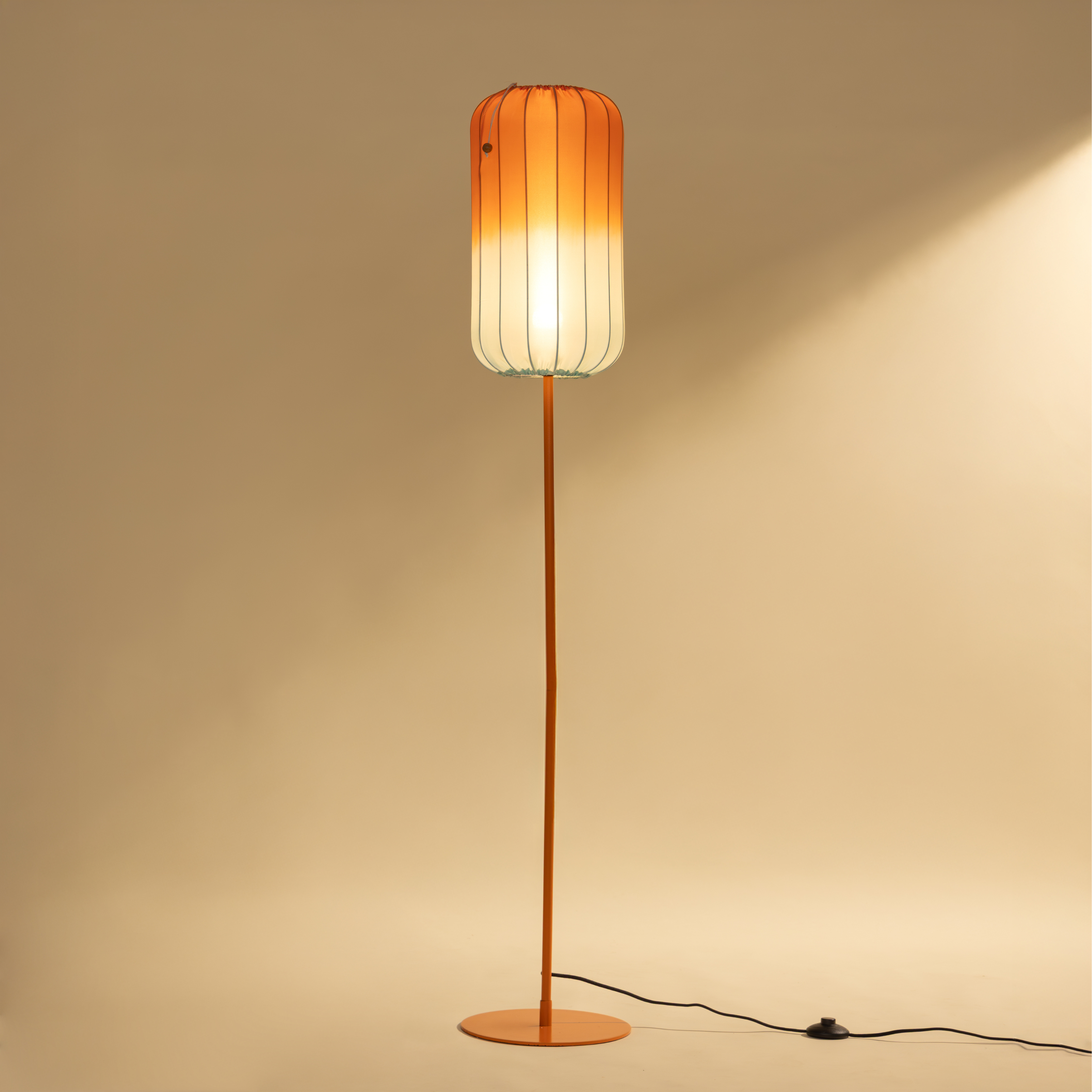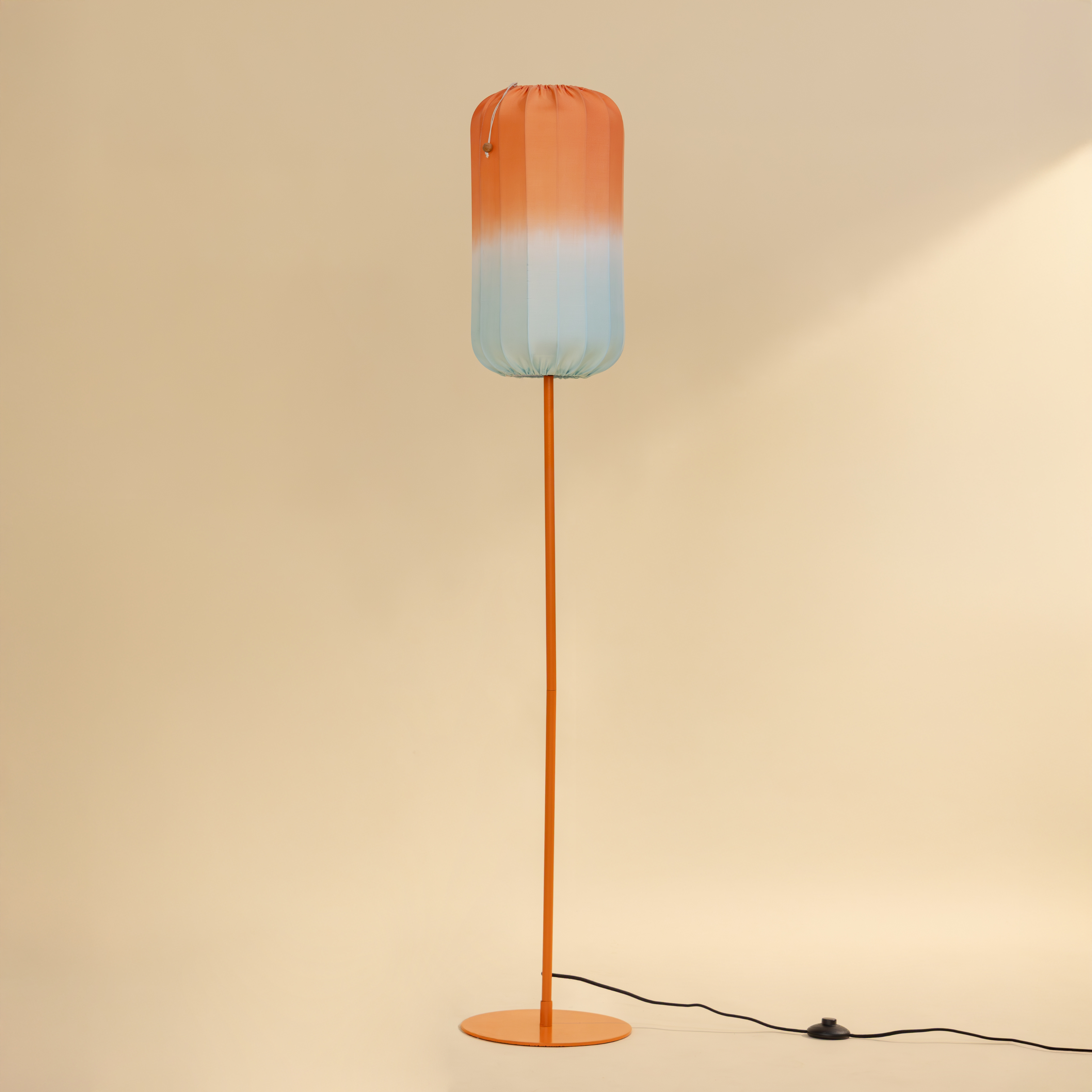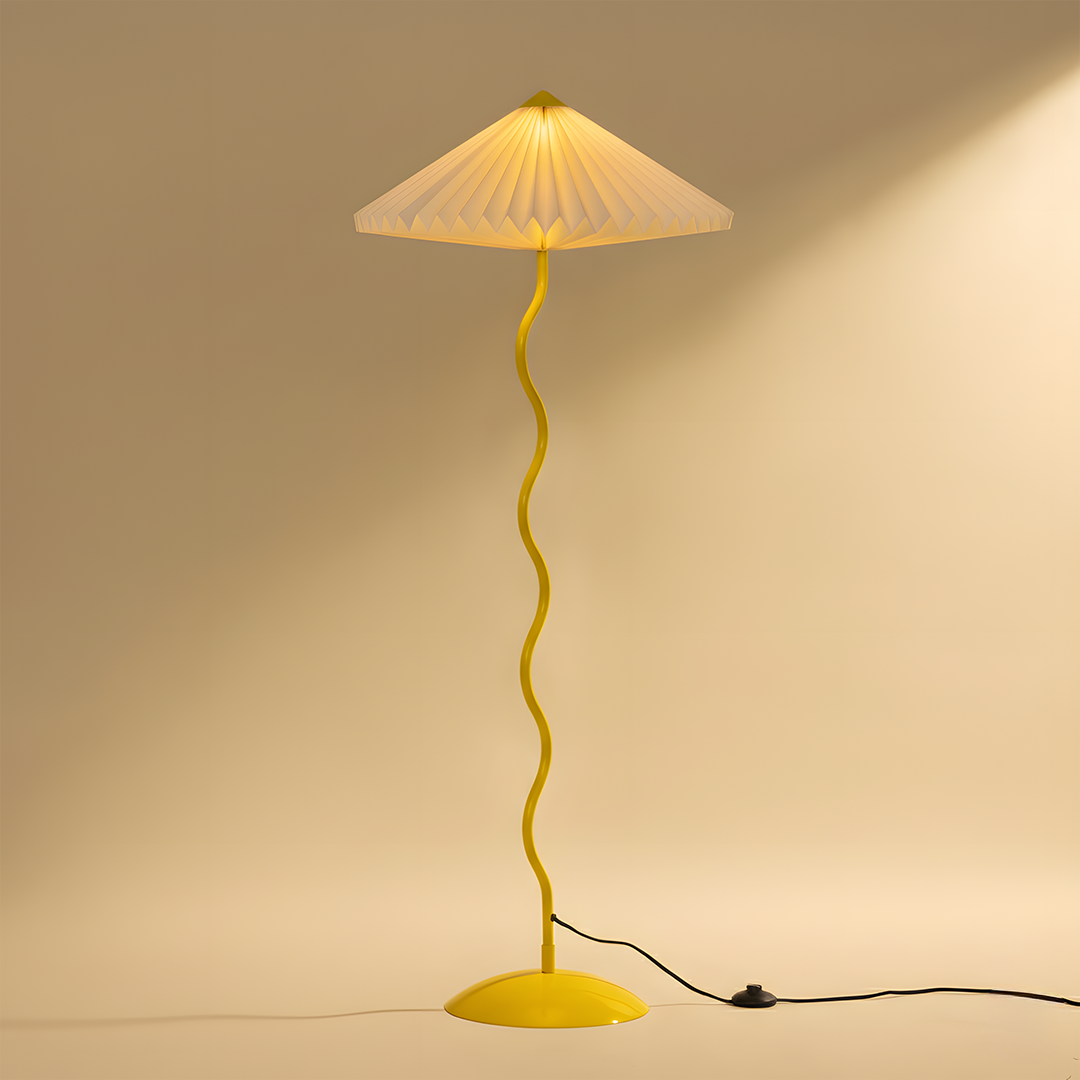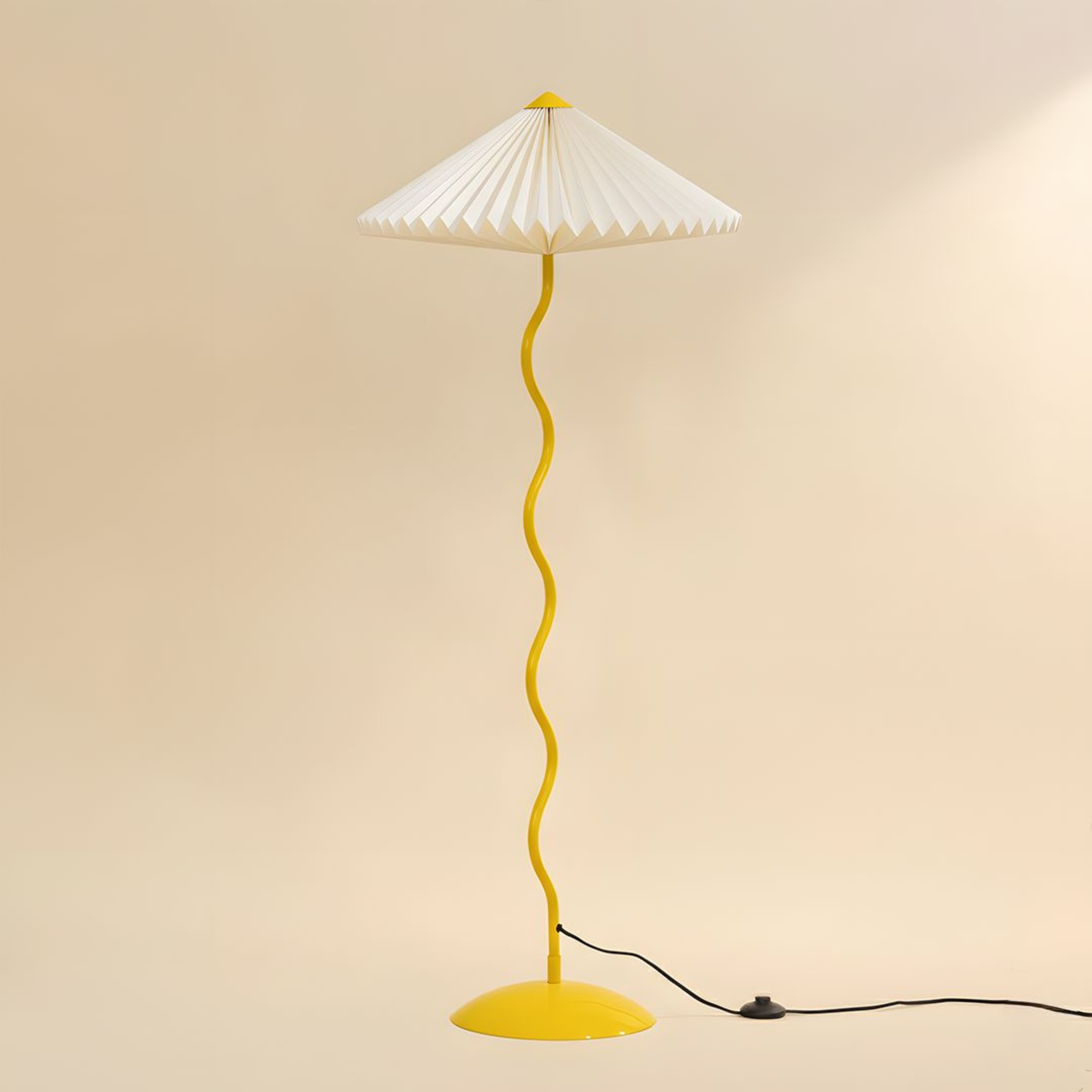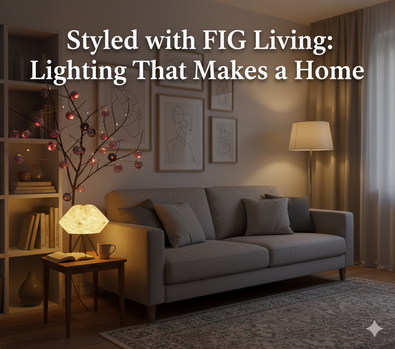
Task Lighting vs Ambient Lighting vs Accent Lighting: Understanding the Layers of Light
Lighting doesn’t just illuminate a room, it defines it. The right balance of task lighting, ambient lighting, and accent lighting can completely change how your space feels, functions, and even how you feel within it.
Think of lighting like the layers of a great outfit, each one serves a purpose, but together, they create harmony. Whether you’re reading a book, hosting friends, or relaxing after a long day, understanding the types of home lighting is key to designing spaces that look beautiful and work beautifully.
Ambient Lighting: The Foundation of Every Space
Ambient lighting is your room’s base layer, the general, overall illumination that lets you move around safely and comfortably. It’s the lighting equivalent of background music: subtle but essential.
It usually comes from ceiling fixtures, pendant lights, chandeliers, or recessed lights. This type of functional lighting sets the tone for the room’s lighting ambience, determining whether it feels warm and cozy or cool and energizing.
Tips to Get It Right:
-
Choose warm ambient lighting for bedrooms and living rooms to create a relaxed mood.
-
Opt for cooler white light in kitchens or workspaces for better visibility.
-
Use dimmers to easily adjust brightness based on time and activity.
Task Lighting: Precision Meets Purpose
If ambient lighting is your foundation, task lighting is your spotlight. It provides focused illumination for specific activities like reading, cooking, studying, or applying makeup.
Think of task lighting as practical and directional. Desk lamps, under-cabinet lights, reading lamps, and pendant lights over kitchen islands all fall into this category.
Tips to Get It Right:
-
Place task lights where they reduce shadows like over counters or behind reading chairs.
-
Use adjustable fixtures to control the focus and intensity of the light.
-
Combine task and ambient lighting for a balanced, layered look that’s both functional and inviting.
Accent Lighting: The Art of Highlighting Beauty
Accent lighting is where functionality meets drama. It’s designed to draw attention to specific features like an art piece, a textured wall, a bookshelf, or a plant corner.
This type of decorative lighting creates depth and visual interest, helping define your home’s aesthetic personality. Spotlights, LED strips, and wall sconces are all great examples.
Tips to Get It Right:
-
Use accent lighting to add contrast in darker corners or to emphasize statement pieces.
-
Combine warm accent lights with cooler ambient tones for visual balance.
-
Experiment with angles, even a subtle shift can change how shadows and highlights interact.
The Power of Layered Lighting: Combining All Three
The magic happens when task lighting, ambient lighting, and accent lighting work together. This layered lighting approach ensures every space feels dynamic, functional, and welcoming.
Imagine this: ambient light fills your living room softly, task lighting brightens your reading corner, and accent lighting highlights your favorite painting. That’s harmony, light that tells a story.
Tips to Get It Right:
-
Mix warm and neutral tones to create dimension.
-
Consider each lighting type as part of a system rather than isolated fixtures.
-
Use smart lighting or dimmers for easy transitions between moods.
Lighting isn’t just about seeing clearly, it’s about feeling deeply. Understanding the difference between task lighting, ambient lighting, and accent lighting helps you create a space that reflects your lifestyle, personality, and mood.
So the next time you think about updating your space, don’t just buy a new lamp, design your light. Because the right glow doesn’t just brighten your home; it transforms it.


